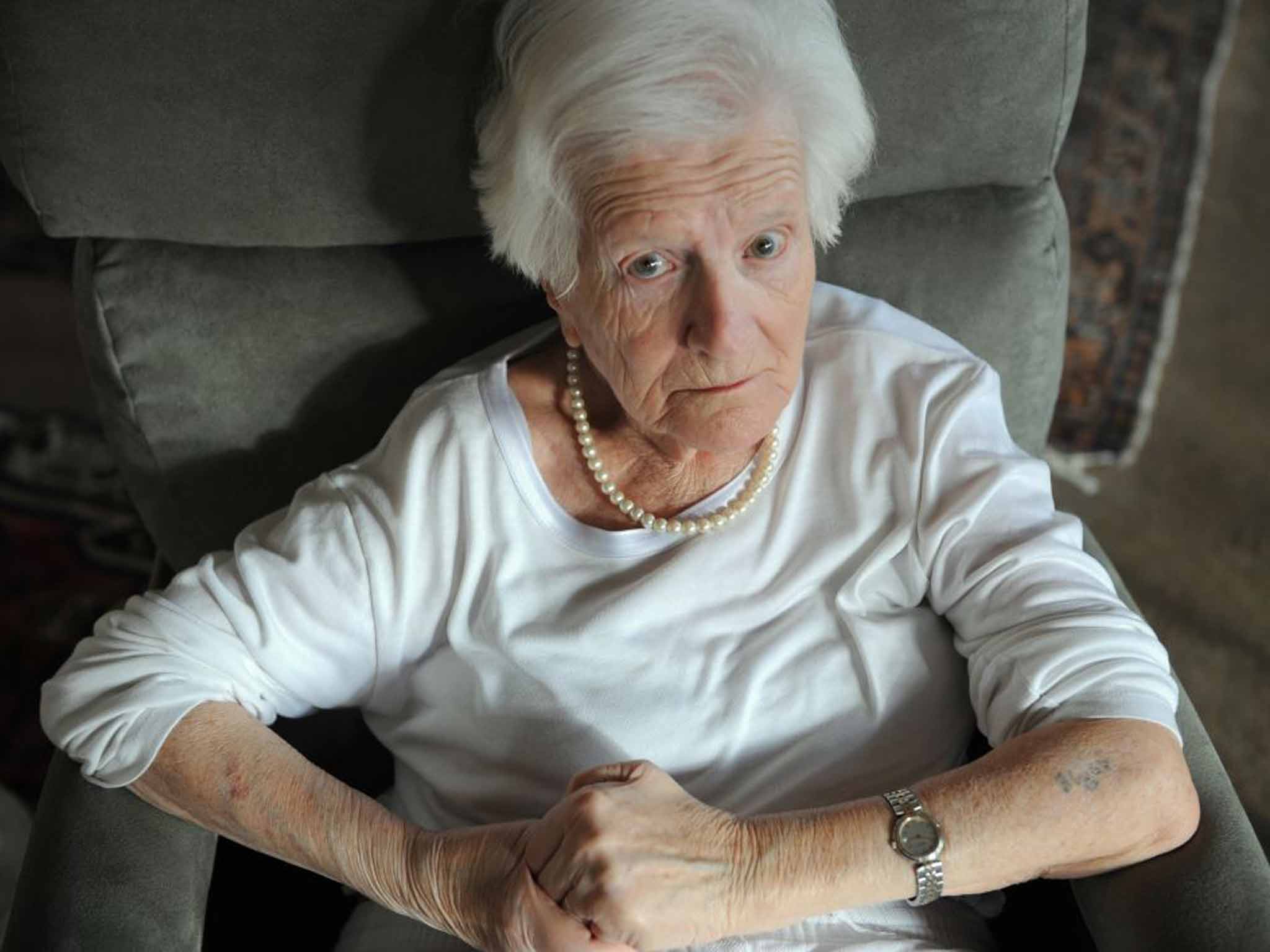Yvette Farnoux: French resistance fighter who survived Auschwitz, Ravensbrück and a death march
Yvette started off with small acts of defiance and disruption of the Nazi occupiers such as changing streets signs around to misdirect German vehicles

Yvette Farnoux was one of France's best-known female Resistance fighters, a Jewish woman who was captured by the Gestapo and sent to Auschwitz, and later the Ravensbrück concentration camp for women. She lost her almost-due baby during brutal interrogation by the Gestapo but survived the Holocaust, living until the age of 96.
She received the Grand Cross of the Legion of Honour, one of only seven women – and around 60 men – to hold France's supreme honour, at the time of her death. Such was her status as a national heroine that France's president, its prime minister and the mayor of Paris were the first to mourn her death in official statements.
Yvette Jeannine Baumann was born in the 16th arrondissement of Paris in 1919 to an historic Jewish family from the Alsace region bordering Germany and Switzerland. Her father Georges was an ancien combattant, a French army veteran of the Great War. Since her family were not particularly religious, she realised she was Jewish only when she was a young teenager at the historic Lycée Molière in the capital. There she first encountered anti-semitism, even from some teachers, long before the Nazis marched into the city on 14 June 1940, the day she had been due to take her driving test.
The following year, aged 21, she joined the Resistance, as did her brother Jean-Pierre and sister Claudine. She first worked under the leadership of the legendary feminist Berthe “Berty” Albrecht, one of France's earliest Resistance fighters, who had co-founded the Resistance movement known as Combat along with Henri Frenay. Yvette started off with small acts of defiance and disruption of the Nazi occupiers, painting victory signs or the Cross of Lorraine (the Resistance symbol) on walls, changing streets signs around to misdirect German vehicles and procuring food, clothes and documents for résistants and Jewish families.
She recalled cycling in the La Défense area of Paris soon after the Nazi occupation. She was stopped by the lead tank of a column of about 30. “A very polite Nazi officer asked me for directions so I said, 'Follow me.' I led them to the Place de la Défense, at the time a simple roundabout, took them around it once and back to where we started, then cycled away down an alleyway. I felt I'd done my little bit for France by wasting their time and fuel. My girl friends and I also used to walk up and down the Champs-Elysées wearing red, white or blue dresses, like a walking tricolor. Looking back fact, it was quite brave, a symbol of defiance.”
When Albrecht was captured by the Gestapo in 1943 and reportedly hanged herself in prison after being tortured, Baumann was by then known as Yvette Bernard, having married fellow Jewish résistant Jean-Guy Bernard. She took over Albrecht's role as head of “social services” for the Mouvements Unis de la Résistance (MUR), a merger of three major Resistance groups – Combat, Franc-tireurs (Sharpshooters) and Libération Sud. She was in charge of finding safe houses and food for Resistance fighters, their families and Jews in hiding.
She also played a key role in merging MUR, on the orders of the London-exiled Charles de Gaulle, with the five other Resistance movements to form the Conseil National de la Résistance, which became the umbrella body of the freedom fighters with the now-legendary Jean Moulin as its in-country chief and De Gaulle in London as its figurehead. Moulin was arrested on 21 June 1943, personally tortured by Gestapo chief Klaus Barbie, and died two weeks later at Metz railway station on a train bound for the concentration camps.
Yvette and her husband Jean-Guy were arrested on 28 January 1944. Separately imprisoned, they never saw each other again. He died on a train to Auschwitz while she, eight months pregnant, lost their baby during Gestapo interrogation she later described as “muscular”. In the April she was deported by train from Drancy internment camp in Paris to Auschwitz-Birkenau, and later moved to Ravensbrück camp for women. In January 1945, she and thousands of other women were forced on to a death march, on foot towards Czechoslovakia. At least two-thirds of the women died en route before the Soviet Red Army liberated the survivors, including Yvette, in April 1945.
With the Soviets was a Frenchman in a US army uniform, Abel Farnoux. He had been liberated from Buchenwald by the Americans and, because of his linguistic abilities, given the rank of US lieutenant and assigned to helping repatriate concentration camp survivors. He married Yvette after the war, and they went on to have three children. Abel, who later became an adviser to the French prime minister Edith Cresson, died in 2008.
“Having children was a great revenge against Naziism,” Yvette recalled. “But as they grew up, I still feared for them, in case it ever happened again. In fact, ever since the liberation (of France), I've retained that fear.”
She spent most of her postwar life helping the children of resistance fighters or Jews who died during the conflict.
Yvette Jeannine Baumann, Resistance fighter and Holocaust survivor: born Paris 10 September 1919; married firstly Jean-Guy Bernard (died 1944), secondly Abel Farnoux (died 2008; three children): died Vanves, Paris 7 November 2015.
Join our commenting forum
Join thought-provoking conversations, follow other Independent readers and see their replies
Comments